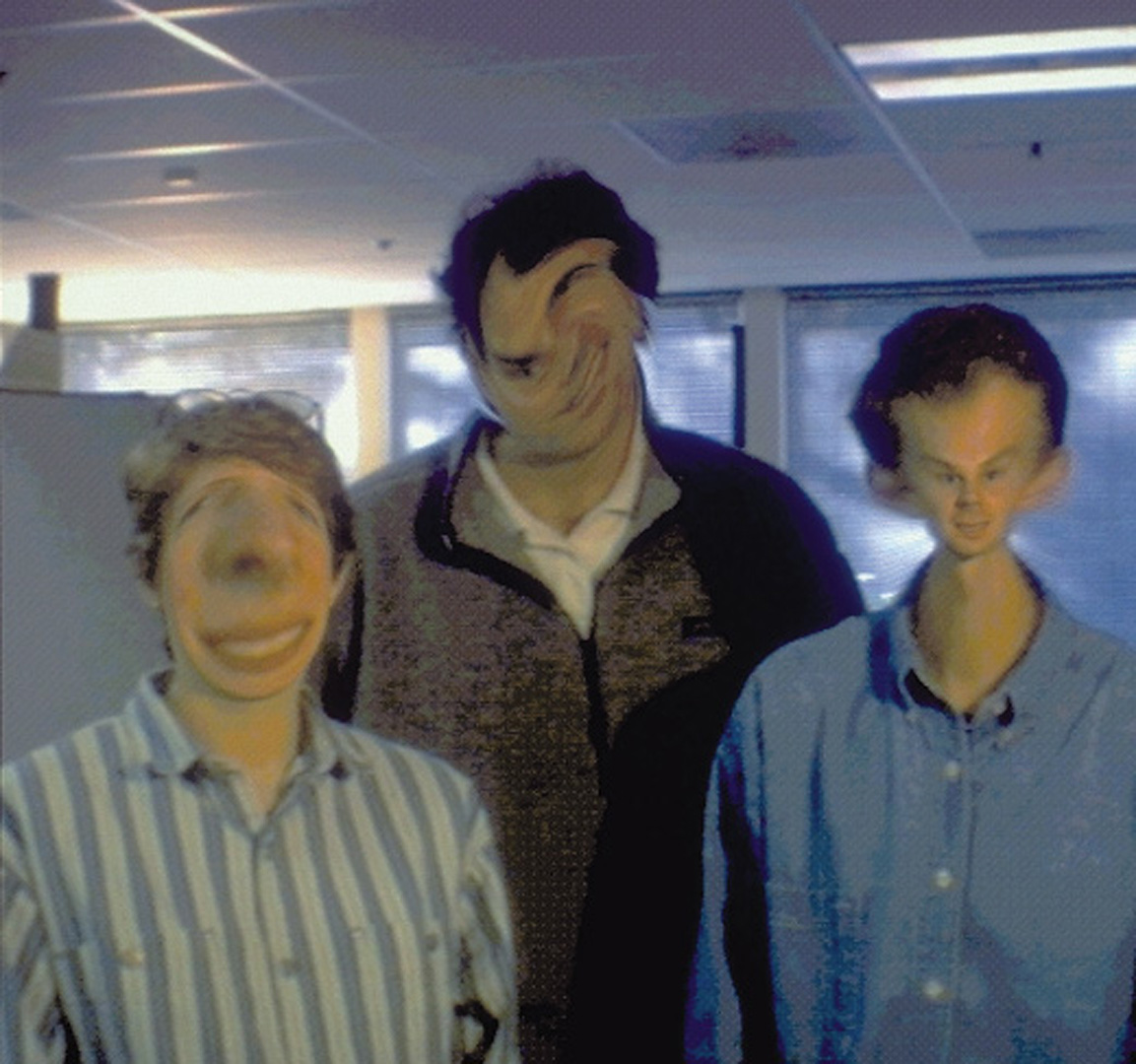“Mass Hallucination” by Darrell, Harville, Gordon and Woodfill
Notice: Pod Template PHP code has been deprecated, please use WP Templates instead of embedding PHP. has been deprecated since Pods version 2.3 with no alternative available. in /data/siggraph/websites/history/wp-content/plugins/pods/includes/general.php on line 518
Conference:
- SIGGRAPH 1998
-
More from SIGGRAPH 1998:
Notice: Array to string conversion in /data/siggraph/websites/history/wp-content/plugins/siggraph-archive-plugin/src/next_previous/source.php on line 345

Notice: Array to string conversion in /data/siggraph/websites/history/wp-content/plugins/siggraph-archive-plugin/src/next_previous/source.php on line 345

Type(s):
Entry Number: 15
Title:
- Mass Hallucination
Program Title:
- Enhanced Realities
Presenter(s):
Project Affiliation:
- Interval Research Corporation
Description:
This imaging display changes according to the number of people watching it, their behaviors, and whether they’ve watched the device before. It is reflex- ive: the displayed image is a function of the people watching the display. It encourages crowds of people to collectively manipulate the display with their bodies or faces. Yet it is also personal, in that it can recognize the appearance of a user for short-to-medium periods of time and tailor the display accordingly. As in Magic Morphin’ Mirror, a SIGGRAPH 97 Electric Garden project by the same group, this display captures video along the same optical axis as video is displayed, so images of observers can be directly manipulated, composited, or distorted on the display. In contrast to the previous work, which only considered a single user at a time and had no persistence after they left, this display is designed to visually track a crowd of people and provide a shared graphical experience. It also tracks users over time through multiple sessions. We show that continuity/consistency of experience across multiple simultaneous users, or a single user at a time, is possible.






